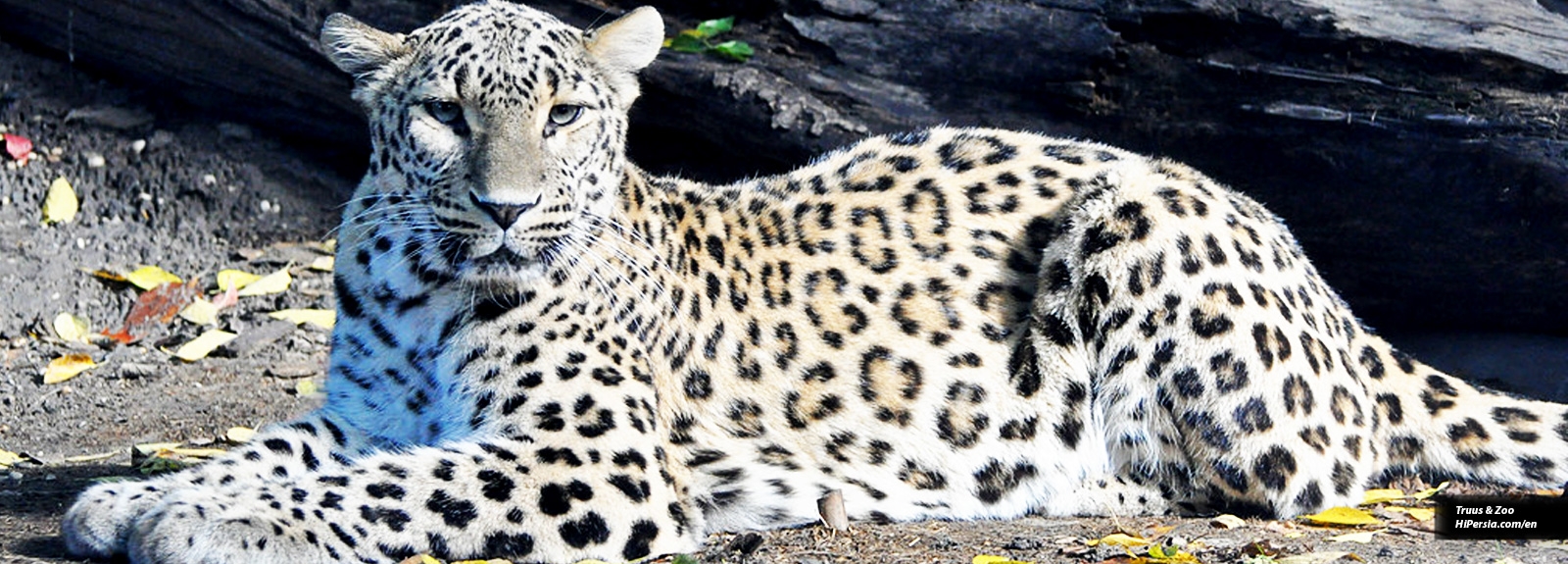



Iran is made up of different natural areas that naturally have their animals in each of these areas. One of Iran's most famous animals is the Iranian Leopard.
The Persian leopard is one of the largest species of leopard that is native to West Asia. Leopards in Iran are very different in size and color due to their wide distribution. These animals generally have a body length of 110 to 180 cm, a tail length of 60 to 100 cm, a height of 45 to 70 cm, and a weight of 35 to 90 kg. The body surface of these leopards is covered with soft, short-haired beige color hair that becomes pale in the lower parts of the body. The body of the Iranian leopard is covered with round, hollow spots similar to flowers.

Leopards mainly operate from dusk until dawn. They live individually in their territory so that each male's territory usually encompasses the realm of multiple substances. They vigorously defend their territory and mark their borders with signs such as clawing at trees and urinating.
The most important prey of leopards is wild goats and sheep, rams and ewes, and also boars, species of deer, gazelle, small mammals, birds, and even insects. In the absence of natural prey, it may also be necessary to attack domesticated animals and herd dogs.

This type of animal usually mates in February and then gives birth to an average of 96 days of pregnancy, one to four cubs. But it rarely succeeds in raising more than two cubs. The cubs become independent from the mother at the age of 12 to 18 months and then remain together for several months. Iranian leopards live in nature for an average of 10 to 15 years.
Leopards can live in a variety of mountainous, steppe, forest, and desert habitats in all provinces of the country, with low densities due to the scattering of their habitats and high adaptation to the environment. Leopards are an endangered species, according to EPA rules. The illegal hunting of this animal in Iran is one of the major causes of its extinction.







“Oh! Squander not this breath that Heaven hath lent thee, Nor make too sure another breath to borrow!’” Khayam